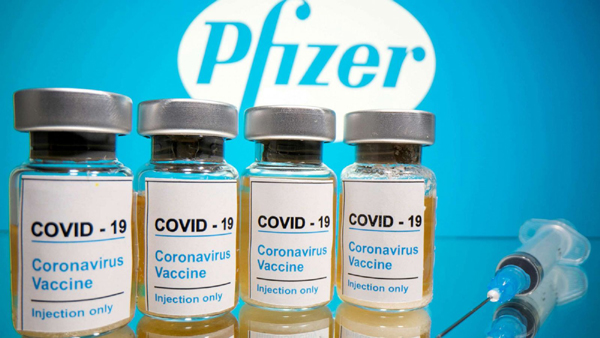
Wednesday December 9, 2020 | VICTORIA, BC
Editorial Analysis by Mary P Brooke, B.Sc., editor | Island Social Trends (IST)
If you’re now used to wearing a mask at all times outside your home, washing your hands frequently, maintaining physical distancing, socializing through virtual electronic technologies, shifting most of your shopping to online, and staying home if you’re unwell, keep it up.
Overall, that’s the messaging from the premier, health minister and provincial health officer today in BC today in light of the first small batch of COVID-19 vaccine doses arriving in the province later this week.
Vaccines are coming, for real! That’s fantastic news for everyone in terms of the big picture. It was a far-off, almost imaginary dream, and now this part has come true. Wow, what a day!
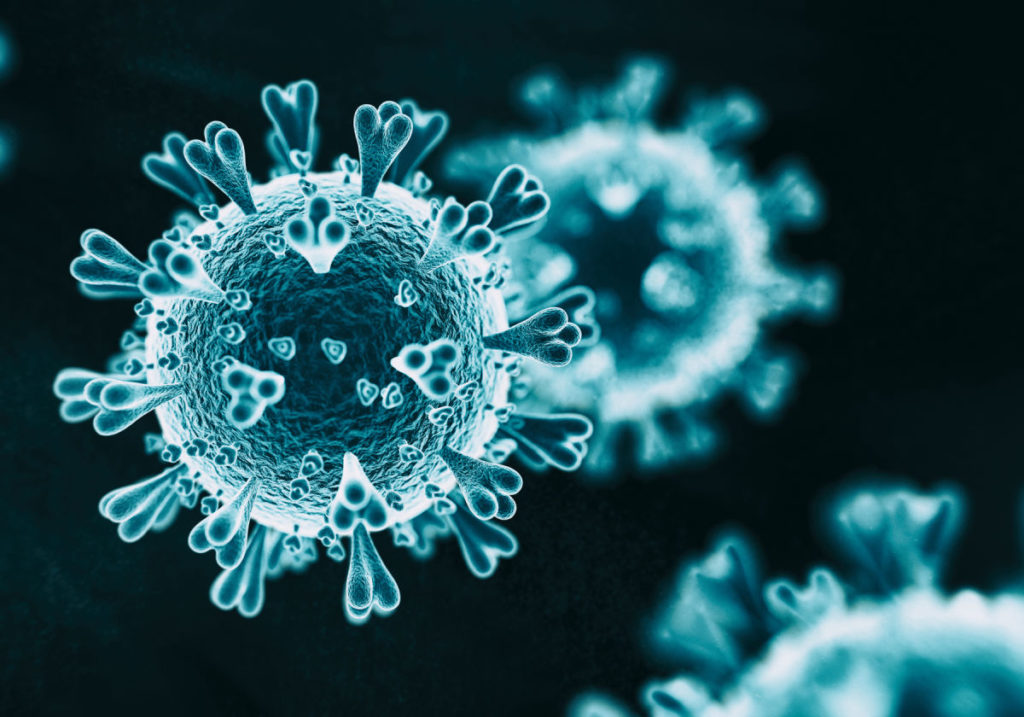
But it’s just the very beginning of still a long road ahead toward community immunity against the SARS-CoV-2 (aka COVID-19) coronavirus.
Range of realities and emotions:
While BC’s political and public health leaders today in a media session were clearly and understandably enthused about ‘the light at the end of the tunnel’ with vaccines on the way, the stated reality is that most of the rest of us won’t have the opportunity for vaccination until summer or fall of 2021.
All the technical, supply and logistical reasons for that time lag in vaccine availability and distribution were outlined today by Provincial Health Officer Dr Bonnie Henry and logistics consultant Dr Ross Brown, along with Premier John Horgan and Health Minister Adrian Dix.
But at the end of it all, today many people will come away with mixed feelings. There is pride in our government and public health leadership for having guided us through the COVID-19 pandemic to this point (we’re now deep into the second wave, and who knows still what it to come).
There is marvel over the incredible power of science and being grateful for the people who devote their minds and lives to advancements that help the world survive and evolve. There is admiration for one’s own self, family, friends, neighbours, coworkers, and supply network (like grocery stores, gas stations, banks and brave retailers) for each of us doing our part as we worked to move our lives along.
Prioritizing the vaccine rollout:
But there is also a genuine level of quiet disruption over the prioritizing of some people and sectors over others. Decisions about who gets the first, second and subsequent sets of vaccines have been developed with “science and love” said Minister Dix today. Science for the technological side, and love for the ethical side.
No one disputes the excellence or power of those two processes that — until now — may have been seen as entirely distinct and apart from one another. Call it another COVID silver-lining… that this intensely unrelenting virus has taught us to marry together things that might have before seemed untetherable.
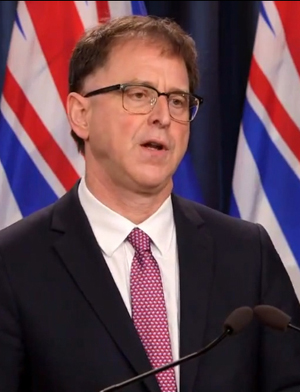
Granted, this is still emergency mode within pandemic management. The knowledge of actual having vaccines in hand is barely fresh by a day. The announcement first came federally this morning.
And while the BC political and health leadership seems aware that they have a challenge on their hands to explain why no one in the mainstream or young and middle adult years is up for vaccine availability in the first few rounds (unless they are a health-care workers or frontline worker), they are only barely at the beginning of public angst about that. They handled that by emphasizing the arguably good reasons for health-care workers and elders being first in line.
Where do young healthy families factor in?
Yet consider for a moment the impact on a presently healthy family that might get struck by COVID. There is the impact on the adult(s) who become ill. It would likely impact their ability to care for their children or other family members who depend upon them financially, socially or in matters of practical support. If a young working-age parent gets sick and is permanently impaired or even dies, it leaves children with that challenge and scars them for a lifetime. There is the danger of downward financial stability. There are emotional impacts on relationships and families. A multi-generational cycle of impacts could be set in motion.
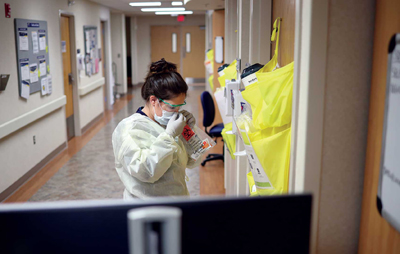
Yes, people rise to challenges, and yes there are thankfully a plethora of government economic and mental health supports of various types. It is tremendous to want to support seniors and elders.
But young families have their whole lives ahead of them. Maintaining the muscle of society is necessary. There are no easy answers here, no absolute answers or even right answers. But it seems the middle strata of society is being put second, instead of blending them into the mix. Left out in the cold (or hunkering down in our technologically-enabled homes) to fend off this next phase by our own devices).
After long-term care and front-line health care personnel, the next tier of vaccine recipients (as outlined by public health today) will be first responders (e.g. paramedics, fire, police), and frontline essential sector workers (e.g. grocery, food production, teachers). That will come in March or April 2021, said Dr Henry today. That gets us well into next year.

Then as warmer weather comes, people already know the drill — more time outdoors, less opportunity for the virus to spread indoors in closed poorly-ventilated spaces. Soon comes autumn 2021… and heading into another winter. Dr Henry says that if 60 to 70 percent of the population is vaccinated by that point, that there’s a good chance of achieving community immunity. Fingers crossed.
Overall, that’s another year in the trenches for most of us. We will have our remote technologies for the new-normal social interactions, for many the opportunity to work from home, and now we know the drill for carrying masks in our purse or the car and hand sanitizer in our pockets. There is COVID fatigue, but somehow we will probably all get past that. It’s human nature not to cower in duress for too long. Dr Henry continued with her marathon metaphor again today. We are yet into another leg of the journey, set your calendar for another year of all this.
But there is room for a more synthesized philosophical debate here. Supporting those who are productive and strong — who contribute economically and are raising their families to be contributing citizens — why put those people at further risk than is already the case in this pandemic?
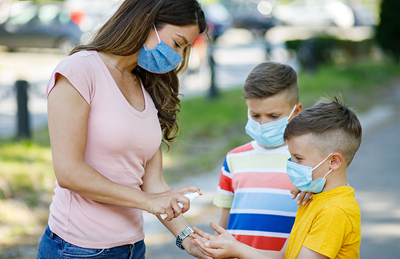
There are moral and social reasons to for this view. And plainly, there are matter-of-fact economic reasons: if you maintain a strong and healthy workforce and keep their family safe and strong, that’s who will be available to pay taxes in the coming years, to help cover the costs of the enormous pandemic-response debt that is being incurred by governments everywhere, and care for the elders in their families (either in-home or financially in long-term care or through taxes).
Not like the flu, this is the long haul:
It’s known that the COVID-19 virus is not necessarily ‘just like the flu’, not something that a healthy young-adult or middle-aged adult will just deal with and get past.
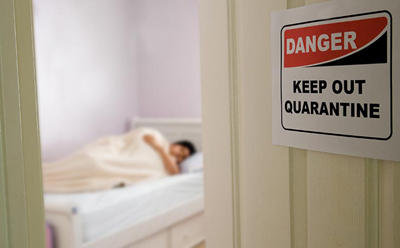
We’re already seeing long-haulers who could have health impacts for the rest of their lives due to the reduced oxygen supply to various parts of their body (including the brain) during their infectious period with the coronavirus.
Better age-data if vaccine is distributed more broadly:
After the health-care frontline administration of vaccines (no one can argue with that being the most important need — for the workers and the system which supports the rest of us as needed), there is room for debate about protecting the able-bodied middle sector of society over (or at the same time as) the elderly.
For healthy young and middle-age parents, maybe a lottery approach is needed during this phase when vaccine supplies are limited (though the counter argument is that no one wants to see their lives as something at the whim and mercy of a gamble). A wider age-distribution of vaccines even now (in January to March 2021) might also support the production of better data as to how the vaccine works in different age ranges.
Another entirely different subject is the assumption as to how safe the vaccines are. Pros and cons to being the first recipients.
The garden paradigm:

In another type of lingo, think of supporting the healthy mid-group of society first as the healthy plant paradigm.
If you have a garden with plants that you need for food, do you invest resources in the plants that are having difficulty? No, after a reasonable period of attempts to boost those plants, usually those are weeded out so that the productive plants that are relied upon for survival are given their best fighting chance.
It could be any of us:
There’s no argument on having compassion for those in need: “There but for the grace of God go I.” It could be any of us in need at any time.

In particular, Horgan, Dix, and Dr Henry have often indicated their faith-based philosophy, and the NDP party is openly guided by a people-first philosophy.
Everyone in BC has been fortunate to have these leaders in place, with their hearts in the right place. But in a war-zone type of scenario as is this pandemic, sometimes there are other types of decisions to be made.
Logistics does come into this. And where to begin? On a day with 16 more COVID-19 deaths to report and 9,329 cases active across the province, today Dr Henry said that finding people to vaccinate in an organized fashion with a vaccine that requires bringing the people to the vaccine in a centralized location (and not the other way around), is largely the easiest with long-term care. They know who all the workers are (additionally so, given the single-site worker initiative of last spring and summer), and they have every long-term care resident identified. It’s also easy to find the homeless for distribution of the vaccine (once the next vaccine types that can be delivered to the people instead of being administered from a centralized location).

Serving these high-risk or disadvantaged groups with vaccines comes from the observation that it’s been long-term care workers who have brought the vaccine into these congregate facilities, and that those with insufficient housing are at higher risk for exposure and succumbing to impacts of the disease.
Dealing with what we have:
Awesome to have such a problem… how to distribute a vaccine that requires ultra-low storage temperatures. It’s a vaccine. It’s almost here.
Given there are only 3,900 doses of the Pfizer m-RNA vaccine in the first batch coming this week (ready for administering into people’s arms by Friday or Monday), that’s not a lot of people in a province of over 5 million people. But not a dose to be wasted.
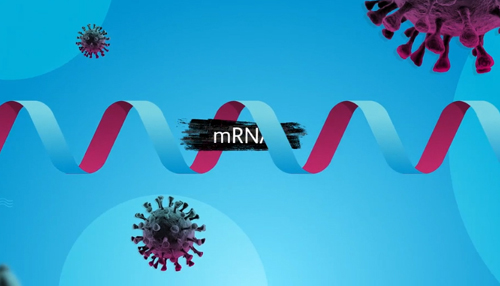
Setting up to take care of long-term care workers in highly populated areas is a logical decision; the workers can come to a centralized location. They are the main source of incoming infection to the homes. Even if the residents are not vaccinated, cutting down on exposure through the workers is fully sensible.
Pfizer trays to urban, Moderna to the north:
There will be four trays of 975 doses each (manufactured in Belgium and shipped in specialized deep-freeze containment). That’s 1,950 doses of the Pfizer mRNA vaccine for each of two sites. Since her COVID data modelling report in the summer, Dr Henry has indicated a conscious shift to focusing the resources of health-care and the BC Centre for Disease Control within the two health authorities in the lower mainland — Vancouver Coastal and Fraser. Most of the cases have been in those two regions, and most of the deaths (most of which have been among elders in long-term care).
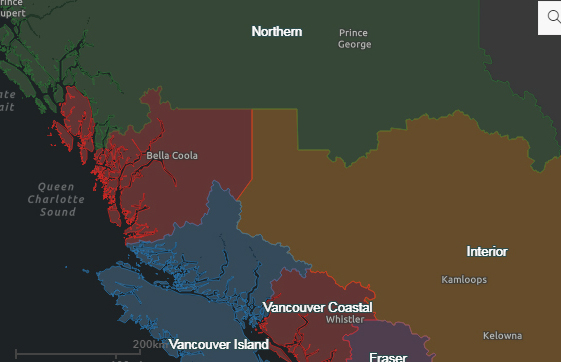
After the Pfizer vaccine will soon come the Moderna vaccine — also an mRNA type, but requires less strident conditions for temperature and therefore method and manner of distribution. Together with federal counterparts, it was recently decided by BC public health to distribute as much of the Moderna vaccine as needed, as soon as it comes in, to remote and Indigenous communities — enough to vaccinate entire communities. No sense shipping those great distances more than necessary, and with the added benefit of likely protecting full communities and regions all at once.
No vaccines yet for children:
A footnote on the wisdom of Health Canada not authorizing the first vaccine (Pfizer in this case) for use in children under the age of 16. Good call. There is no room for what is, frankly, experimentation at this point with a brand new fast-tracked vaccine, on children. Plain and simple.

Celebration and kudos:
A fantastic day today is, for science, ethics in society, global cooperation and humanity overall. Kudos to public health and logistical support (federally by way of the military) for doing the heavy lifting. Kudos to every single person who has integrated anti-COVID public health protocols (and orders) into their daily lives.
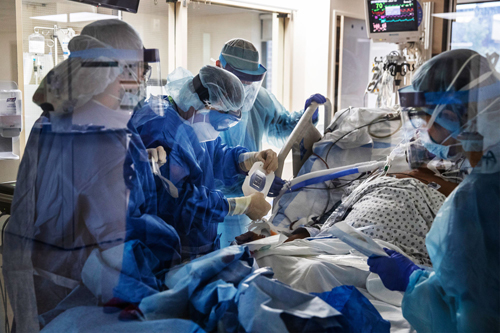
A special thank you is probably also being said by most Vancouver Islanders who have been blessed with some set of not-fully-defined factors that have resulted in us being luckier than most in terms of COVID impacts in our communities.
Such a time as this, coming ahead of the winter solstice, today Dr Henry said is something she sees as a bright light. The longest night will be followed by the light of a new day, a still only gently lit path to the new future.
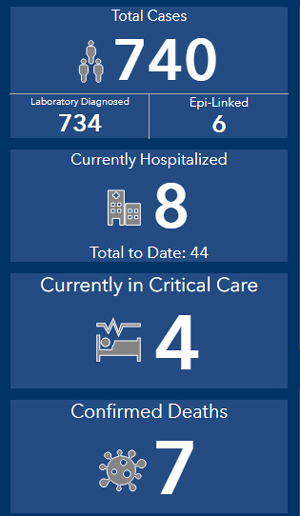
What is this ‘new normal’, if it is at all:
Not many people will likely anymore call the coming future our ‘new normal’. Life as we knew it will probably never be, not exactly. Masks will be sensibly used possibly for years by many people in various circumstances, both at work and socially.
And Dr Henry, like a friendly but firm family doctor, declares that frequent handwashing is here to stay. No if’s, and’s or buts on that one. To that today she added ‘staying home if you’re ill’ to the now two-set rule about what will not change after COVID. Common sense stuff.
It took a pandemic to drill that into us (what many sensible people already quietly tried to always do). Already there is evidence of the wisdom in those declarations in the dramatically low influenza rate this year. All the distancing and hygiene precautions undertaken around COVID has knocked influenza off the ball field.
There is much more to say, but that’s enough for this day. December 9, 2020 is a memorable day of gratitude for science and compassionate leadership. A good day for BC.
Horgan’s next round, more funds for health care:
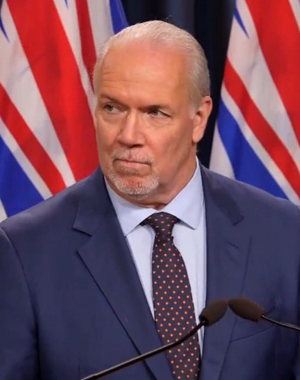
Afterall, it was only 10 months ago that Premier Horgan alongside Dr Henry and Minister Dix officially declared the COVID-19 health emergency in BC, followed by declaring the next day a State of Emergency that has been renewed in two-week periods ever since.
“Joy and tragedy found a way to come together,” said Premier John Horgan today in his opening remarks to media and the public. Several thousand British Columbians were tuning in by way of the various livestream platforms.
Referring to the first 3,900 doses of the mRNA vaccine by Pfizer “a very limited supply and a dry run”, BC’s premier looks ahead to an increase in supply and an uptick in optimism. In his weekly participation with other first ministers and the prime minister, Horgan says that tomorrow vaccines will be the hot topic.
But now that vaccines are a reality and some sort of pandemic end is in reasonably in sight, tomorrow in that first ministers meeting Horgan hopes to further a discussion about the Canada Health Transfer (CHT)… a sharing of funds for health care between federal and provincial and territorial governments. CHT transfer payments are made on an equal per capita basis, and include both cash and tax point transfers.
Back in the 1960s when socialized health care was formalized in Canada, the split of the fund was 50/50, as Horgan explained in a level-one discussion about the CHT to media today. Now it’s about 20% federal and 80% provincial. “There needs to be a rebalancing of the transfer into the provinces so we can continue to deliver quality health-care,” Horgan declared today, setting a ball in motion.
Fashion and limelight:
And a fashion note. Dr Henry’s brooch today is stylistically indicative of military honors. A tip of her hat to her military family perhaps. Her own military training and the excellence of the Canadian military during COVID in handling the vaccine distribution logistics is no doubt something which generates for her great pride.
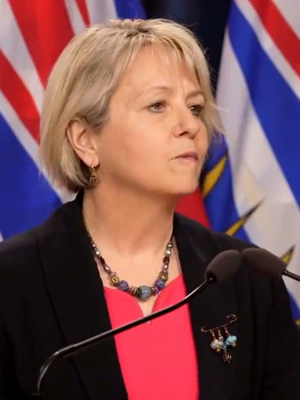
Without Dr Henry, BC would not be in the forefront of quite a few COVID-19 success stories. In that context, it is no wonder that Premier Horgan has not sought the limelight of success during this pandemic (in addition to his natural inclination to serve for its own sake).
The natural limelight falls to Dr Henry and her BC CDC team. Though in the weeks and months to come it would be appropriate for the compassionate and eloquent premier to be right out in front with motivational messaging to keep British Columbians tough to the fight during this long winter-into-spring-into-summer ahead. Apart from the torrent of packaged messaging about health protocols and why they are important, people throughout the province will be quietly open to steady, positive direction in a natural manner from a leader whose service (apart from the bravado required of a modern politician) is humbly inclined. // IST



